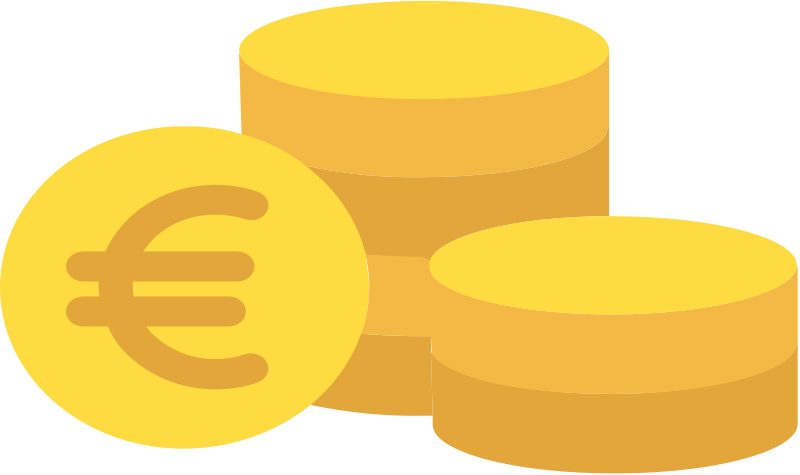Hormones
Production and Transportation
- ADH, LH, FSH, gonad stimulating hormone, thyroid-stimulating hormone and growth hormones __are produced by the __pituitary gland. The pituitary gland secretes hormones which then lead to other secreting hormones.
- Insulin and glucagon __are produced by the __pancreas__ __to regulate sugar levels.
- Oestrogen __is produced by the __ovaries. It is needed to repair the womb lining, and it promotes the development of female secondary sexual characteristics such as extra hair, change in boy and the production of eggs during the menstrual cycle.
- Testosterone __is produced by the __testes. It is needed to promote male secondary sexual characteristics such as the growth of hair and sperm production.
- Adrenalin __is produced by the __adrenal gland. It is released when we feel scared, and it would start out flight or fight reaction.
- Thyroxin __is produced by the __thyroid gland, and it controls our metabolism.
Adrenaline
Adrenalin is a vital hormone which helps us when we feel threatened.
Adrenalin is released in short bursts, but when it is released, it:
- Increases an individual’s heart rate
- Increasing blood pressure and blood flow
- It raises the blood sugar levels by stimulating the liver to change glycogen into glucose
An increase in glucose is needed during the fight or flight reaction as the glucose helps the muscle contract.
When our heart rate increases, there is more oxygen that is sent to the brain and muscles. This allows us to have more energy for our response towards the threat. Blood vessels in the skin and digestive system contracts, and the blood is directed to the brain and muscles.
Thyroxine
Thyroxine controls metabolic rate as an example of negative feedback. It controls the speed in which oxygen and food products react together so that energy is released for the body.
It is vital in growth and development.
- Low levels of thyroxine stimulates production of TRH in hypothalamus
- This causes release of TSH from the pituitary gland
- TSH acts on the thyroid to produce thyroxine
- When thyroxine levels are normal thyroxine inhibits the release of TRH and the production of TSH
Menstrual Cycle
The menstrual cycle is a cycle of physiological changes that take place in women only a monthly basis. It is more commonly known as a period.
Key stages:
- High levels of FSH will stimulate the egg to be ripe in the ovaries
- Oestrogen then stimulates the womb lining to build up so that the woman can be prepared if an embryo does grow inside of her.
- At around day 14, LH stimulates the release of the egg.
- Progesterone would maintain the uterus lining.
- Low levels of oestrogen and progesterone will cause the uterus lining to break down.
- As a result, blood and tissue will be loss - this is called menstruation
Hormone Interaction
The hormones interact during the menstrual cycle in order for the cycle to take place.
- High levels of FSH stimulates the ovaries to produce oestrogen
- When oestrogen is produced, it stops FSH production.
- This then causes LH to be produced - and this leads to ovulation on day 14.
- Meanwhile, progesterone levels will increase as it is created by the follicle.
- After day 14, progesterone continues to be released as it stops the lining from breaking down, as well as prevent another egg from being released.
- If a woman is not pregnant, the egg will degenerate with the lining of the womb. Progesterone levels will then drop and menstruation occurs.
- This cycle then starts again!
- How many does does the menstrual cycle go on for, until it restarts again?
- 28
Explanation: Around 28 days - What does high levels of FSH stimulate?
- Your answer should include: Oestrogen / Ovaries
Explanation: The producing of oestrogen from the ovaries. - Where is testosterone produced?
- Testes
Production & Transportation
- ADH, LH, FSH, gonad stimulating hormone, thyroid-stimulating hormone __and growth hormones__ are produced by the pituitary gland. The __pituitary gland __secretes hormones which then lead to other secreting hormones.
- Insulin and glucagon are produced by the pancreas to regulate sugar levels.
- Oestrogen is produced by the ovaries. It is needed to repair the womb lining, and it promotes the development of female secondary sexual characteristics such as extra hair, change in boy and the production of eggs during the menstrual cycle.
- Testosterone is produced by the testes. It is needed to promote male secondary sexual characteristics such as the growth of hair and sperm production.
- Adrenalin is produced by the adrenal gland. It is released when we feel scared, and it would start out flight or fight reaction.
- Thyroxin is produced by the__ thyroid gland__, and it controls our metabolism.
